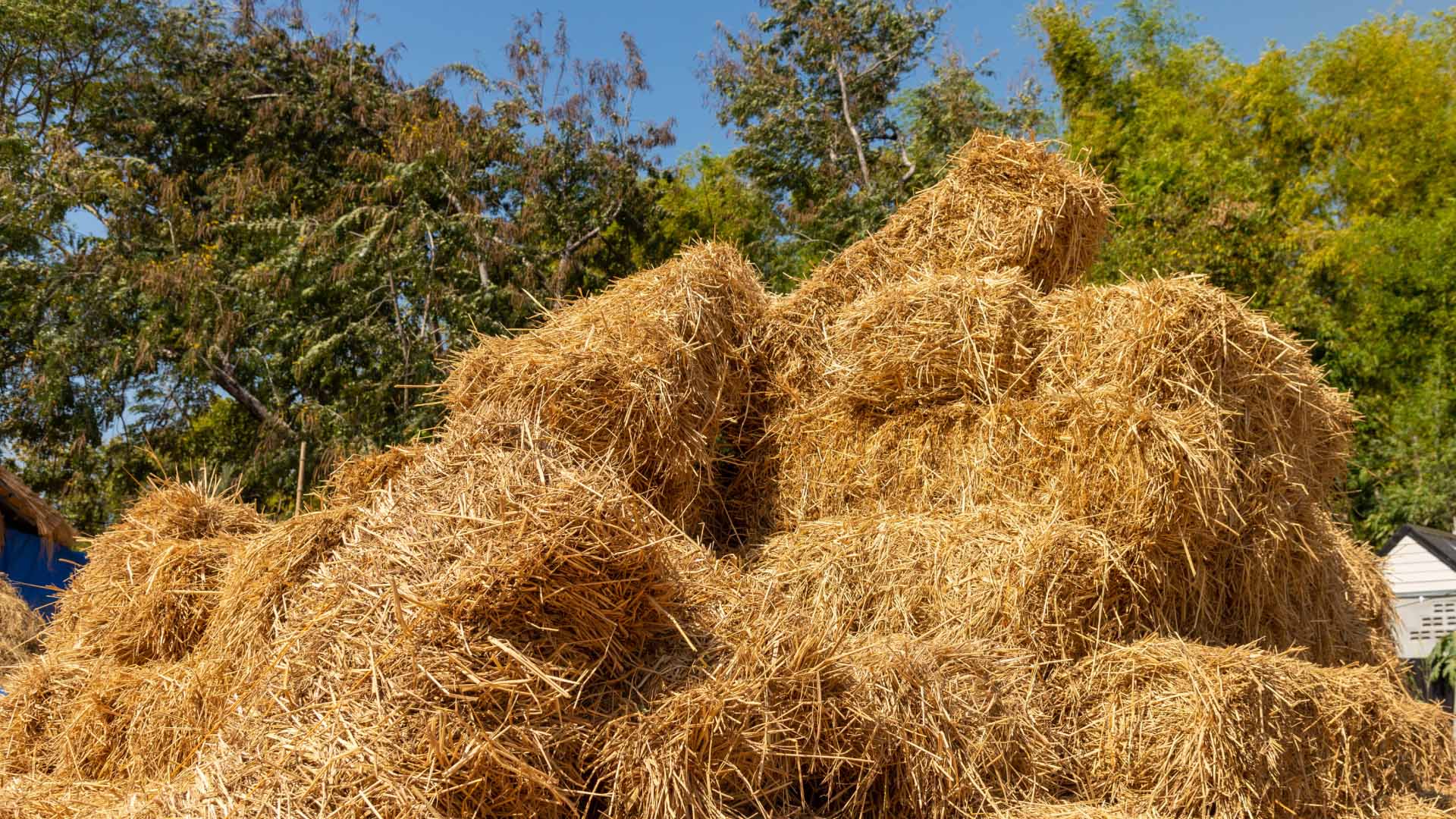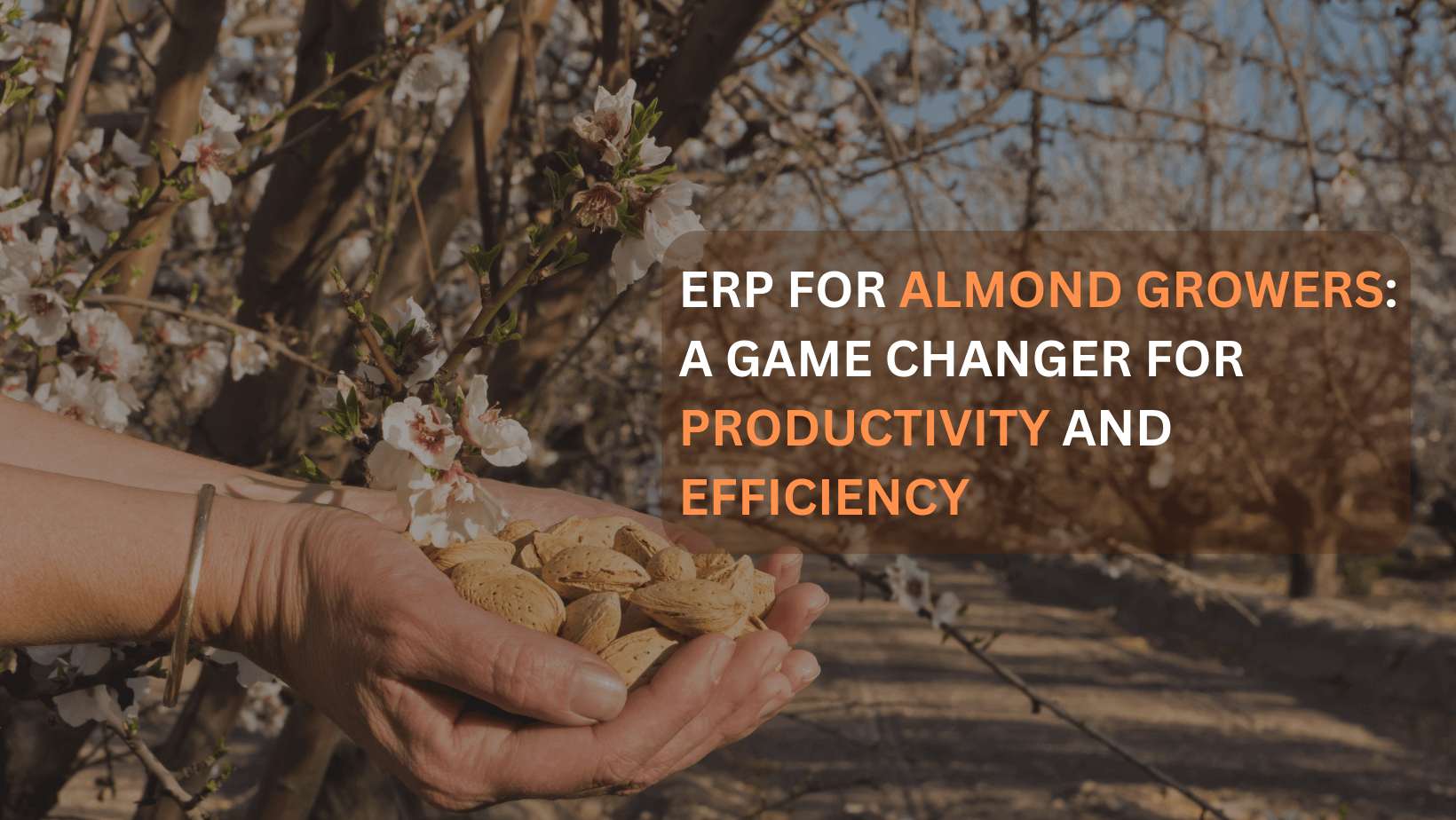In the whole process of raising farm animals and making a living out of it, the availability of fodder is one of the many limiting factors in farm management. Organic farming becomes quite economical if the fodder crop is cultivated on the farm itself.
If farm animals are expected to provide products like milk, eggs, meat etc, they need to be taken care of as well. They need to get suitable food in sufficient amounts to feed on.
What is a fodder crop?
Fodder crops are simply defined as those crops which are grown primarily in order to feed the farm animals.Difference between fodder and forage:
Fodder is normally defined as any plant that is cut before feeding it to animals in the green stage. On the other hand, the term forage includes all the plants material that are eaten by the herbivores animals which are the grass eating animals.Importance of healthy diet for animals
A balanced diet will keep an animal healthy, happy and productive. Just like humans need a nutritious diet to stay healthy, fit and happy, animals too require a good healthy diet if they are expected to give you products like eggs, meat, milk etc.Benefits of cultivating Fodder crops?
Cultivation of fodder crops within the Dairy farm area is essential for a successful business and is also considered economical. Feeding farm animals on concentrated feeds requires a lot of investment and is not economical at all.Best Fodder crops examples:
There are different fodder crop examples / varieties suitable for dairy cattle and are categorized into 5 different types such as- legume fodder
- cereal fodder
- grass fodder
- tree fodder
- Azolla.
Cereal fodder varieties (grass)
Maize fodder- Require well drained and fertile conditions.
- This is grown mostly in the months of June-July (kharif crops), but in South India maize fodder is grown as Rabi crop.
- The average yield of maize fodder per hectare is 40-50 tonnes which is more than enough to feed it to a lot of animals.
- This grass is mainly cultivated for grains and fodder.
- Drought resistant.
- Varieties suitable for Jan-Feb and April-May under
- The sorghum grass grows very well within a temperature range of 25-35˚C.
- This type of grass does not grow in a sandy soil. Other than that it can grow at any type of soil.
- It is cultivated from the cross of Napier grass and Bajra cereal.
- Produces high yield variety of grass; produces around 150 tons per year from one acre of land.
Grass fodder varieties
Hybrid Napier- This type has more leaves.
- Protein content of this type is from 8 to 11%.
- One type of this variety i.e; KKM-1 cumbu Napier is rich in calcium, magnesium, phosphorous.
- The crop when cultivated for the first time is harvested during the 75-80 days of sowing and the subsequent harvests are done within a 45 days interval after the first harvest.
- This is a short creeping rhizome.
- The protein content is 4 to 14%.
- Some varieties of this grass are hamil, makuni, rivers-dale.
- Grows in regions with any type of soil with good draining properties.
- The average yield of this crop is 175 tonnes per hectare in around 8 cuts.
- It is cultivated in humid areas or in arid/ semi arid regions.
- This type of crop is sensitive to winter weather conditions therefore one needs to be careful while cultivating them.
- It produces around 80 to 100 tonnes per hectare.
- This type of grass grows really well in dry lands under rain-fed conditions.
- There are two varieties of this grass :
- Cenchrus cilliaris
- C. setigerus.
- The crop needs well drained soil that should be rich in calcium content.
Tree fodder varieties
Subabul- The first harvest is done when the tree attains a trunk diameter of about 3 cm or when the tree has completed one seed production cycle.
- The fodder production is around 80-100 tonnes per hectare.
- This crop has the ability to tolerate a wide range of climatic conditions .
- The crop should have proper drainage facilities.
- These trees are grown mostly as ornamental trees or are used as shade trees.
- The protein content of Sesbania leaves is about 25%.
- Can be grown throughout the year using proper irrigation.
- Any type of soil is considered suitable for this tree type
- These should have good drainage facilities.
- One hectare can produce an average of 100 tonnes per hectare
.Legume fodder varieties
Cow pea or lobia- This plant is grown in tropical or subtropical and warm temperate regions.
- This fodder variety can be cultivated in any season.
- It can produce 18-20 tonnes per hectare fodder.
- The protein content is 20%.
- This variety is suitable for open grazing.
- It is grown throughout the year as an irrigated crop, but is specifically grown well during June-October.
- It is also called as Alfalfa and is considered to be a very rich leguminous crop with protein content of around 15-20%.
- This grass adds nitrogen to the soil and helps in improving the fertility of the land..
- This variety of fodder is not suitable for open grazing, but is highly digestible , is a very healthy feed option for farm animals and helps in better yield of milk.
- This is a plant which can be grown in tropical regions but can be growin in regions with poor drainage conditions as well.
- The protein content is 15 to 18%.
- The ideal season for cultivation of stylo is from June-July to September- October.



